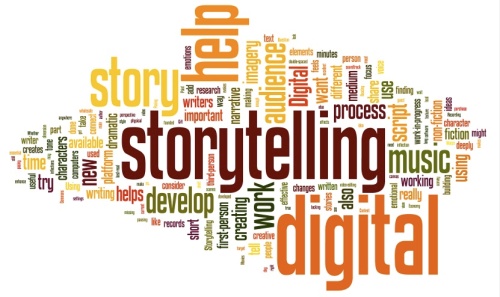
Well, maybe He's not too busy...
So I’ve got this weird issue. I love prayer. I know it works. I experienced plenty of confirmations that Someone out there cares about what happens to me. But somehow, I’ve slipped into this attitude of, “I’m not talking to You right now!” I can’t really pin point any reason to be angry at God. With very few exceptions, my life is pretty great. So what’s it all about? Frankly, it feels petulant. That’s embarrassing. I mean, really. This is God we’re talking about, that Unknowable Creator Who knows me better than I know my own self, the One Who made the whole universe just so we could learn how to be closer to Him.
Well, I’ve got some major life-decisions to make, so it’s about time I got over it. To help me, I dug up a useful process for using prayer in decision making, attributed to Shoghi Effendi. I thought I’d share it here:
“Step 1: Pray and meditate about it. Use the prayers of the Manifestations of God as they have the greatest power. Then remain in the silence of contemplation for a few minutes.
Step 2: Arrive at a decision and hold this. This decision is usually born during the contemplation. It may seem almost impossible of accomplishment but if it seems to be as answer to a prayer or a way of solving the problem, then immediately take the next step.
Step 3: Have determination to carry the decision through. Many fail here. The decision, budding into determination, is blighted and instead becomes a wish or a vague longing. When determination is born, immediately take the next step.
Step 4: Have faith and confidence that the power will flow through you, the right way will appear, the door will open, the right thought, the right message, the right principle or the right book will be given you. Have confidence, and the right thing will come to your need. Then, as you rise from prayer, take at once the fifth step.
Step 5: Then, he said, lastly, ACT; act as though it had all been answered. Then act with tireless, ceaseless energy. And as you act, you, yourself, will become a magnet, which will attract more power to your being, until you become an unobstructed channel for the Divine power to flow through you. Many pray but do not remain for the last half of the first step. Some who meditate arrive at a decision, but fail to hold it. Few have the determination to carry the decision through, still fewer have the confidence that the right thing will come to their need. But how many remember to act as though it had all been answered?
How true are those words – ‘Greater than the prayer is the spirit in which it is uttered’ and greater than the way it is uttered is the spirit in which it is carried out.”
When I first came across this passage, I was in a pretty bad state, post-divorce. I thought, what the heck. I’ll try out this prayer thing, see how it works. I decided to practice with small but non-trivial stuff. I lived in a sketchy neighborhood at the time, and would sometimes come home past mid-night. My prayer experiment was simple. Every time I came home after midnight, I said a short prayer that I would find a parking place on my block. It wasn’t trivial. I needed to be safe. Once I said the prayer, I acted as though it had been answered. Every time I found a spot near my apartment on my block. This happened many times over the course of two years. On the north side of Chicago, that’s practically a miracle. And that “act as though” part was critical. It wasn’t hope. I projected confidence. It was a fairly small thing, so I felt like I could manage that kind of confidence. But I tell you, every other time I have used this process, for much larger things than parking, it also worked. I’m not saying I got what I wanted when I asked for a car. I’m saying that when I wanted clarity, I got it. When I made a decision, and acted as though it had already been accomplished, doors did open, the right person or book or thought did appear. So I’m going to give it a try again. What have I got to loose?
I think one key to it all is that I try not be selfish in my prayer. For example, before I write, I ask God to make me ready to serve Him. “If it be Thy pleasure, make me to grow as a tender herb in the meadows of Thy grace, that the gentle winds of Thy will may stir me up and bend me into conformity with Thy pleasure, in such wise that my movement and my stillness may be wholly directed by Thee.” If I’m asking God to inspire me so that both the movement and stillness of my pen are directed by Him, then at least I’m starting out with good intentions. Writing can be such an act of ego. Writing selflessly is like walking on the edge of a sword. I have to keep my service to the reader and the story at the forefront of my mind, or I’ll be shredded to bits.
How do you use prayer in your decision-making or in your creative process?
Read Full Post »







